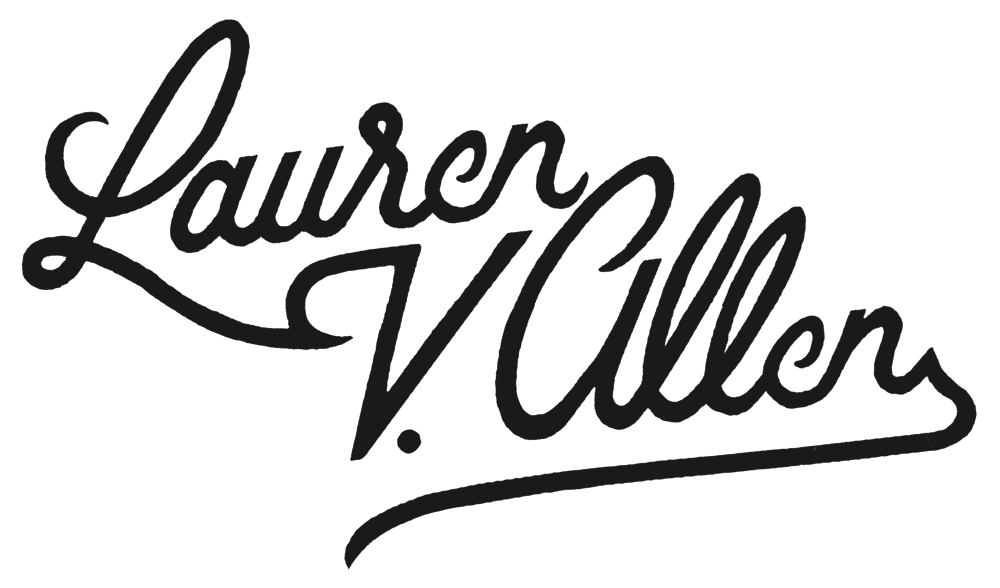As the year has come to an end, I've been rushing around scrambling to study for exams and finish my final project. For my studio photography class, I decided to do a portrait series on different types of family farms in North Carolina. This is a project, I hope to continue and even get more of the Hispanic aspect of it, so this is just a taste of a future of shooting farmers.
Bob Nutter, a 5th generation farmer, owns Maple View Farms in Hillsborough, N.C. He moved his farm to N.C. from Maine in 1963 and started milking cows on August 1st of the same year. Maple View Farms is known for its ice cream, milk and other dairy products.
 Roger Nutter, Bob's son and 6th generation farmer, works at the Maple View Bottling Co. He started working at the company in 1996.
Roger Nutter, Bob's son and 6th generation farmer, works at the Maple View Bottling Co. He started working at the company in 1996.
 Jimmy Outlaw of Outlaw farms is a 3rd generation farmer. His farm in Dudley, N.C. was started in 1907 by his grandparents. He did public work before coming to work on the family farm and hasn't left since.
Jimmy Outlaw of Outlaw farms is a 3rd generation farmer. His farm in Dudley, N.C. was started in 1907 by his grandparents. He did public work before coming to work on the family farm and hasn't left since.
 Gray Outlaw, a 4th generation farmer at Outlaw Farms, works with his father and son. Outlaw Farms grows crops such as tobacco and soy beans. They also raise turkeys for Butterball at Goldsboro Milling Co. and hogs.
Gray Outlaw, a 4th generation farmer at Outlaw Farms, works with his father and son. Outlaw Farms grows crops such as tobacco and soy beans. They also raise turkeys for Butterball at Goldsboro Milling Co. and hogs.
 Marshall Outlaw, an 8-year-old 5th generation farmer, works on Outlaw farms with his dad, Gray, and his grandpa, Jimmy. He loves to ride the tractors and helps his dad in the turkey houses. His knowledge of tractors is absolutely phenomenal and he could tell you anything you ever wished to know about them.
Marshall Outlaw, an 8-year-old 5th generation farmer, works on Outlaw farms with his dad, Gray, and his grandpa, Jimmy. He loves to ride the tractors and helps his dad in the turkey houses. His knowledge of tractors is absolutely phenomenal and he could tell you anything you ever wished to know about them.
 Wayne is a farmer at Wiggins Bros. Farms in La Grange, N.C. He drives the tractors and the 18-wheelers to transfer goods around the farm.
Wayne is a farmer at Wiggins Bros. Farms in La Grange, N.C. He drives the tractors and the 18-wheelers to transfer goods around the farm.
 Arnold Marin works out on Wiggins Bros. Farms with Wayne, and the next photograph of Chuck. Marin helps work with the tractors out on the farm, which grows corn, beans, wheat, tobacco and raises hogs and turkeys.
Arnold Marin works out on Wiggins Bros. Farms with Wayne, and the next photograph of Chuck. Marin helps work with the tractors out on the farm, which grows corn, beans, wheat, tobacco and raises hogs and turkeys.
 Chuck works with Wiggins Bros. Farms as well. He helps run the trucks and the tractors on the farm. The Wiggins Bros. Farm is a family run farm but on an industrial size.
Chuck works with Wiggins Bros. Farms as well. He helps run the trucks and the tractors on the farm. The Wiggins Bros. Farm is a family run farm but on an industrial size.
Like I mentioned earlier, I hope to continue this portrait series on so if you know any family farmers or Hispanic farmers in N.C. let me know!







